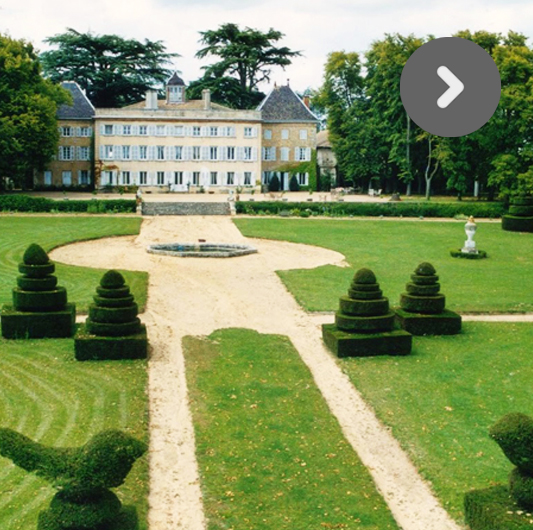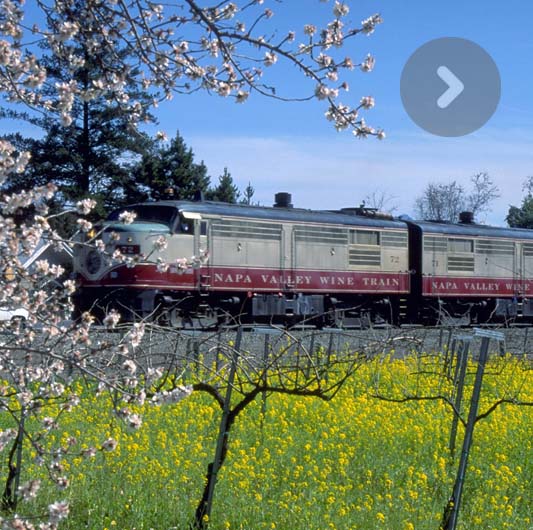“Divio”, a roman fortification from Marcus Aurelius’ time, became Dijon, capital of Burgundy and of the dukes as from the fourteenth century. John the Fearless, Philip the Good, Charles the Bold… their names are written on the wall of the entrance hall to the guards’ room in the Ducal Palace where the tombs of Philip the Audacious and John the Fearless lie. Leaving behind them a remarkable architectural heritage through their dwellings and castles, the Dukes of Burgundy were powerful lords and patrons of the arts who left their mark on the area.
The Ducal Palace. The first Duke of Valois, Philip the Audacious built his château up on the site of the second century fortress. Gothic in style, the Town Hall and Art School are now housed within its walls. The Bar Tower and the amazing ducal kitchens date from this time. The Philip the Good tower, 48 meters tall, built in the fifteenth century, remains the symbol of the Dukes’ prestige. Another symbol, the wine press reminds one of the region’s winemaking tradition, which has existed since Roman times.
Saint Bégnine. One of the major works in the burgundy gothic style, Saint Bégnine was built between the thirteenth and fourteenth/ sixteenth centuries. It is in this cathedral that Louis XI, wishing to unify the kingdom of France, received the oath from the people of Burgundy. Dijon’s Tourism Board. 11 rue Forges. Tel.: +33 8 92 70 05 58 www.dijon-tourism.com
![]()
Hostellerie du Chapeau Rouge/La Maison Rouge. New flavours, forgotten vegetables, rare produce… Two-star Michelin chef, William Frachot, as a true alchemist, invents delicate dishes in Burgundy’s tradition. 5 rue Michelet. Tel.: +33 3 80 50 88 88
Stéphane Derbord. Acclaimed and recommended in all the great gastronomical guides, this address is the favourite of every gourmet and the chef Stéphane Derbord’s cooking delights the palate. 10 Place Wilson Tel.: +33 3 80 67 74 64
Bistrot de l’Hôtel de Ville. The chef Mathieu Meunier, a disciple of Gaston Lenôtre and of Pierre Hermé, cooks seasonal dishes with local and organic produce, not forgetting some local sweet dishes. 22 Place de la Libération. Tel.: +33 3 80 41 81 50
Les Oenophiles. A gastronomic restaurant twinned with a tasting cellar. A beef bourguignon dish accompanied by a glass of Corton Charlemagne, one can truly say we are in Dijon! 18 rue St Anne. Tel.: +33 3 80 30 73 52
L’Autre Entrée des Oenophiles. Wine bar and bistro – the order of the day here is simple and convivial, with wine by the glass and reasonably priced dishes. The Tapas evenings in the internal fifteenth century courtyard are very popular. 18 rue Berbisey. Tel.: +33 3 80 30 53 55
Mulot and Petijean. Founded in 1796, this shop is an institution and the place to come for ginger bread. 13, place Bossuet.
L’Héritier Gujot. Founded in 1845, this shop is the leader in fruit liqueurs. www.lheritier-guyot.com
Galerie Nu Kosa. A community gallery, which showcases the work of up and coming young artists. Interesting. 18 rue Charlie Chaplin. Tel.: +33 3 80 30 21 55.











